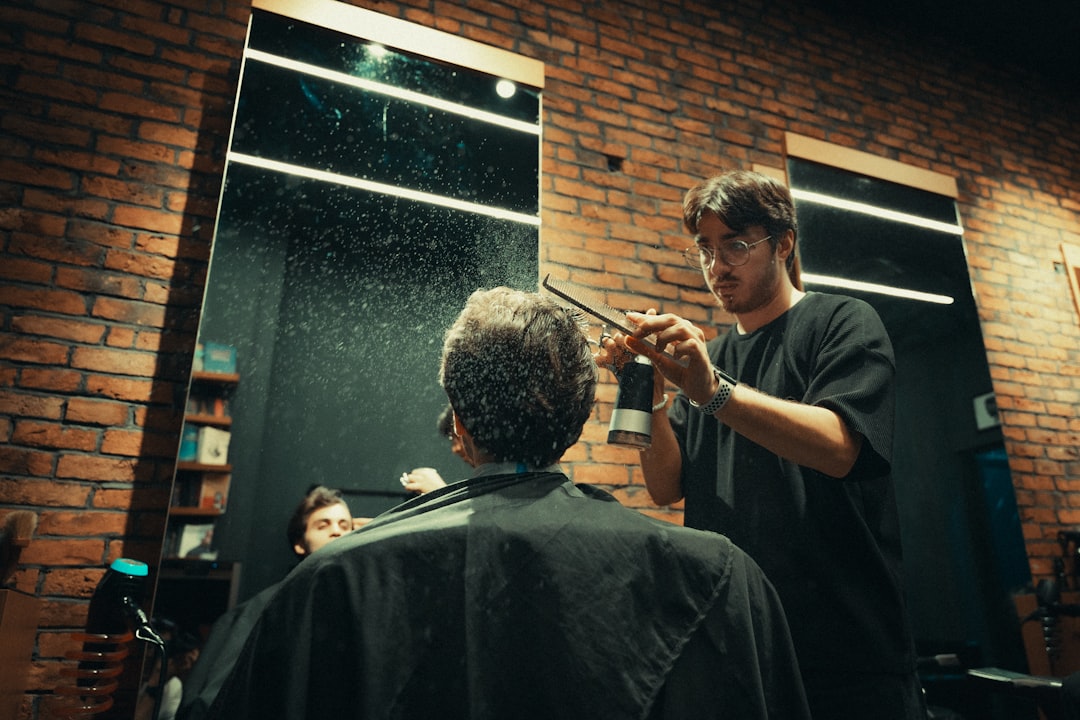Dry vs Wet Cutting Strategies
Choose the right moisture level for each technique to control precision, texture, and client comfort.

When to cut wet
- Precision bobs, blunt lines, foundational layering.
- Chemical services requiring even moisture.
- Clients with dense hair where wet control reduces tension variations.
When to cut dry
- Customizing curl and wave patterns.
- Visualizing final length on highly textured or fine hair.
- Refining fringe or face-framing after blow-dry.
Hybrid game plan
- Perform structural work wet.
- Dry hair entirely (or rough-dry) to natural finish.
- Detail with dry techniques (slide, point, channel cutting).
Moisture control tips
- Keep spray bottle handy for rehydrating sections.
- Use product sparingly during dry cutting to avoid residue on blades.
- Adjust shear choice: polished convex for dry, micro-serrated for wet precision.
Client communication
Explain why you switch between wet and dry stages to build trust and justify timing.
Maintenance crossover
Dry cutting increases edge wear. Follow Convex Edge Maintenance and shorten sharpening intervals via the Frequency Matrix.
Training drill
- Execute the same cut twice—once fully wet, once hybrid—and compare speed, control, and finish. Document findings.

